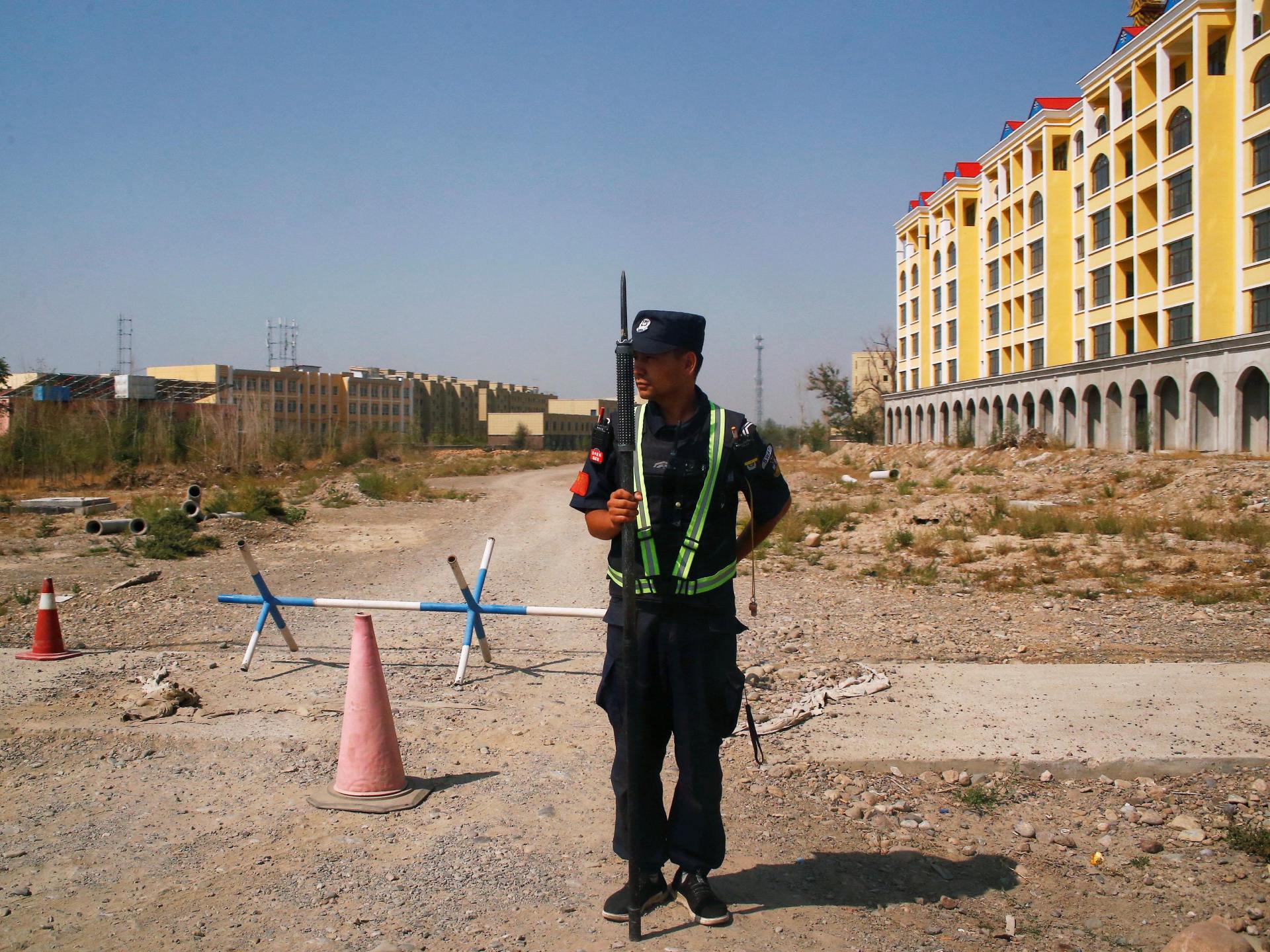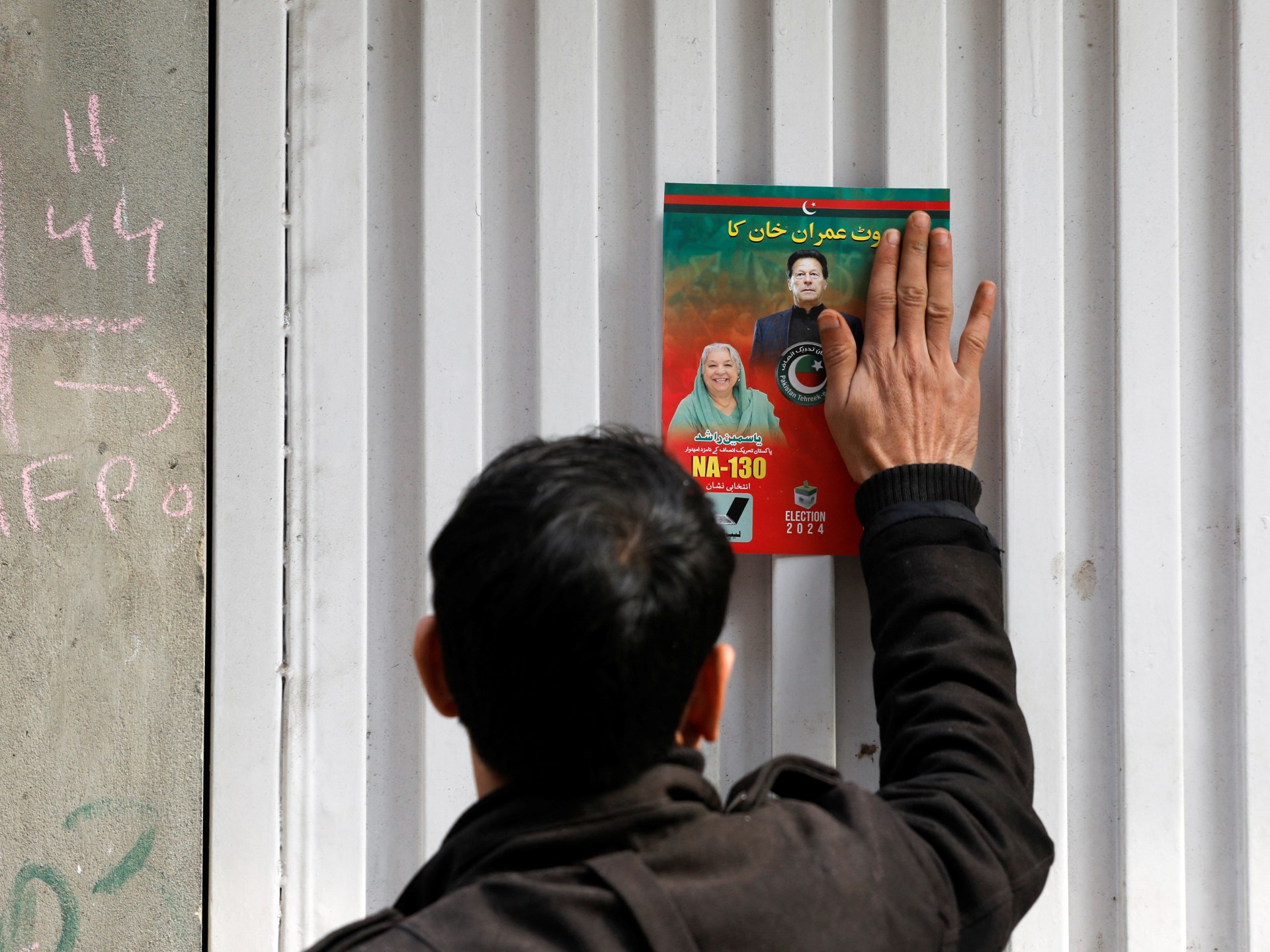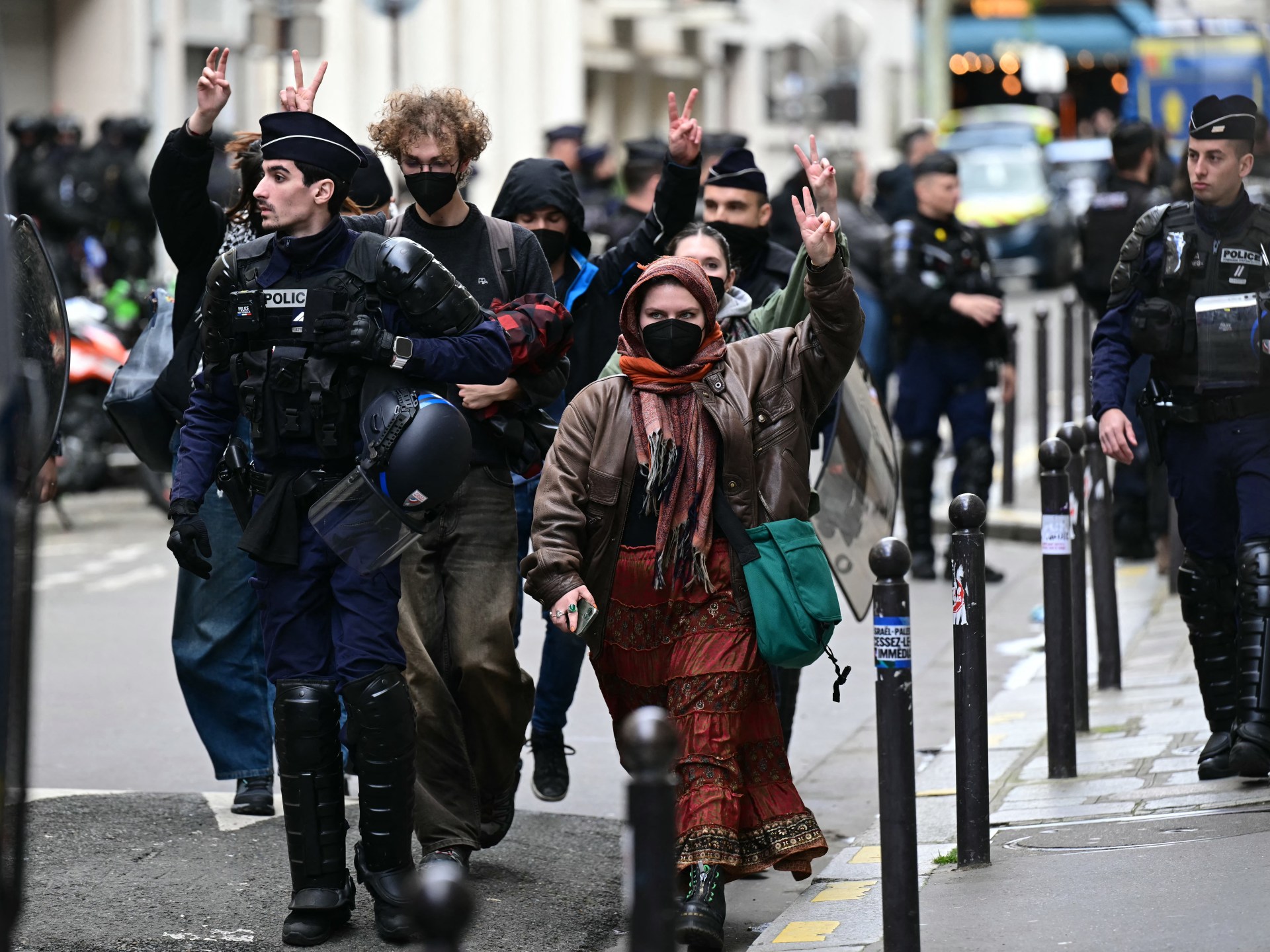Ukraine presses counteroffensive as flood evacuations continue in south
In some areas, Ukrainian forces were able to take advantage of Russian troop rotations, according to Serhiy Cherevatyi, spokesperson for Ukraine’s eastern command, as fighters from the Wagner paramilitary group were swapped out for regular Russian troops.
“Those units that are entering do not yet fully know the area and have not conducted appropriate reconnaissance and coordination [so] we struck and have been conducting assault operations for several days,” Cherevatyi said.
Ukraine was also looking to advance in the southeastern Zaporizhzhia region, which Russian forces have spent months fortifying with mines and trenches. Ukraine’s Deputy Defense Minister Hanna Maliar said Russian troops were “actively on the defense” around Orikhiv, a small city 60 miles northeast of Melitopol, the capital of the Russian-occupied region.
Maliar’s comments were the first confirmation by a senior Ukrainian official that the counteroffensive was underway in Zaporizhzhia, where Kyiv hopes its troops can push south and break the “land bridge” connecting mainland Russia to occupied Crimea, which Russia illegally annexed in 2014. Maliar added that Ukrainian forces had switched to offensive actions after months in defensive positions in the town of Velyka Novosilka, in the neighboring Donetsk region.
In the 36 hours since the start of Ukraine’s counterattack, no significant gains had been reported by the country’s political or military leadership, indicating that this phase of the war is likely to be far more difficult than similar campaigns last fall, in which Kyiv exploited Russian weaknesses — including overstretched supply lines — to reclaim territory in the Kharkiv and Kherson regions.
Russian President Vladimir Putin spoke Friday for the first time about Ukraine’s new campaign, saying that “all counteroffensive attempts made so far have failed.”
Speaking to reporters after a meeting of the leaders of the Commonwealth of Independent States in the Russian resort city of Sochi, Putin acknowledged that there had been intense fighting but said Ukrainian forces had not achieved any of their aims. “But the offensive potential of the troops of the Kyiv regime is still preserved,” he added.
On Thursday, the Russian state news agency Tass published drone footage — which The Washington Post verified — showing the destruction of several Ukrainian military vehicles in Zaporizhzhia. The vehicles were part of a convoy that included German-made Leopard 2 tanks, according to two military analysts, a sign that Ukraine had begun to deploy more-advanced weaponry provided by its Western allies.
A senior Western intelligence official told The Post that, for now, Ukraine appeared to be holding back its most significant firepower, noting that the larger blow “hasn’t landed yet.” He spoke on the condition of anonymity to discuss sensitive intelligence.
The long-awaited counteroffensive unfolded as Ukraine’s beleaguered emergency services and Russian occupying authorities struggled to respond to a deepening humanitarian crisis in the southern Kherson region, where devastating floods followed the collapse of the Russian-controlled Kakhovka dam on Tuesday.
Ukrainian officials have insisted that Russia destroyed the dam by setting off an explosion at the Kakhovka hydroelectric plant. On Friday, Ukraine’s security services released a recording of a phone conversation purportedly between two Russian military personnel, which Kyiv claimed was evidence of Russian sabotage.
“It wasn’t them,” a voice, described by the Ukrainians as a Russian soldier, says on the recording, using an expletive to refer to the destruction of the dam. “It was our [guys].”
“[Our] sabotage group was there,” a second soldier says. “They wanted to scare [people] with this dam. It didn’t go according to plan. It was more than they had planned.”
The Post could not independently verify the authenticity of the recording, and the United States has not publicly issued a determination about what happened at the dam, or who — if anyone — was responsible.
While assessments of the collapse were still underway, the senior Western intelligence official pointed to several factors that suggested Russian culpability, namely that Russia controlled the section of dam where the hydropower unit fits into the overall structure — a vulnerable point that would likely be exploited to destroy the dam, which was otherwise believed to be structurally sound.
“If you have access to the inside of the dam, as they did, you can potentially exploit that vulnerability in a way someone else could not,” the official said.
Kremlin spokesman Dmitry Peskov has blamed Ukraine for the dam’s destruction, claiming that Kyiv carried out the attack to “deprive Crimea of water” and distract from battlefield setbacks. Russia has not provided evidence to back up that claim or explained how Ukraine attacked the dam, which Russia seized at the start of its invasion last year.
At least one person died in the floods, Ukraine’s Interior Ministry said, and thousands of people were evacuated, with many more awaiting rescue.
The death toll was higher in Russian-occupied areas on the east bank of the Dnieper River, where some towns and villages were completely submerged and residents complained that help was slow to arrive.
Vladimir Saldo, the Russian-installed leader of occupied Kherson, said that at least eight people had died in flooded territories under Russia’s control and 5,800 people had been evacuated, “of which 243 are children, 62 people with limited mobility.”
Russia and Ukraine blamed each other for continued shelling in Kherson, which is adding to the misery of residents trying to escape the floods.
On Thursday, four people died and at least 17 were injured in four separate artillery attacks by Russian forces on Kherson city and its surrounding villages, according to Ukrainian officials.
It is unclear how the flooding on the occupied east bank of the Dnieper will impact Ukraine’s military operations in Zaporizhzhia. Some Russian military positions were wiped out by the floods, but Ukraine’s ability to move forces through the area is now greatly constrained.
Water will continue to flow over the destroyed dam from the Kakhovka reservoir at its current rate for the next seven to eight days, Ihor Syrota, the director of Ukraine’s state hydroelectric company, said on national television.
The dam collapse could also have implications for the Zaporizhzhia nuclear power plant, now held by Russia, which used water from the reservoir for cooling. The director of the International Atomic Energy Agency, Rafael Mariano Grossi, described the situation on Thursday as “precarious.” According to Grossi, the plant is still pumping cooling water from the reservoir, but it was unclear when and at what level the reservoir will stabilize.
Elsewhere in Ukraine, Russian forces carried out two separate rocket attacks in the central regions of Cherkasy and Zhytomyr on Thursday night and in the early hours of Friday, killing one person and injuring a total of 11, according to regional leaders.
And violence continued to edge further into Russian territory Friday, as a drone hit a residential building in the western city of Voronezh. Tass reported that the drone had targeted a local aircraft plant but fell instead on a residential area after it was intercepted, injuring three people and prompting the governor to declare a state of emergency.
“The Kyiv regime continues to attack civilian infrastructure facilities, residential buildings,” said Peskov, the Kremlin spokesman.
Artillery and drone attacks also hit the Belgorod region in western Russia. According to Belgorod’s governor, Vyacheslav Gladkov, nearly 200 types of ammunition and artillery fire landed in the Shebekinsky urban district, roughly four miles from Ukraine, and at least three people were hospitalized with shrapnel wounds.
The region has seen an uptick in shelling in recent days, and thousands of residents have been evacuated from several Russian border towns. Photos from the town of Shebekino early Friday showed burned-out buildings and apartment blocks on fire.
Ebel reported from London. Mary Ilyushina in Riga, Latvia, and Greg Miller in Washington contributed to this report.
Check out our Latest News and Follow us at Facebook
Original Source







